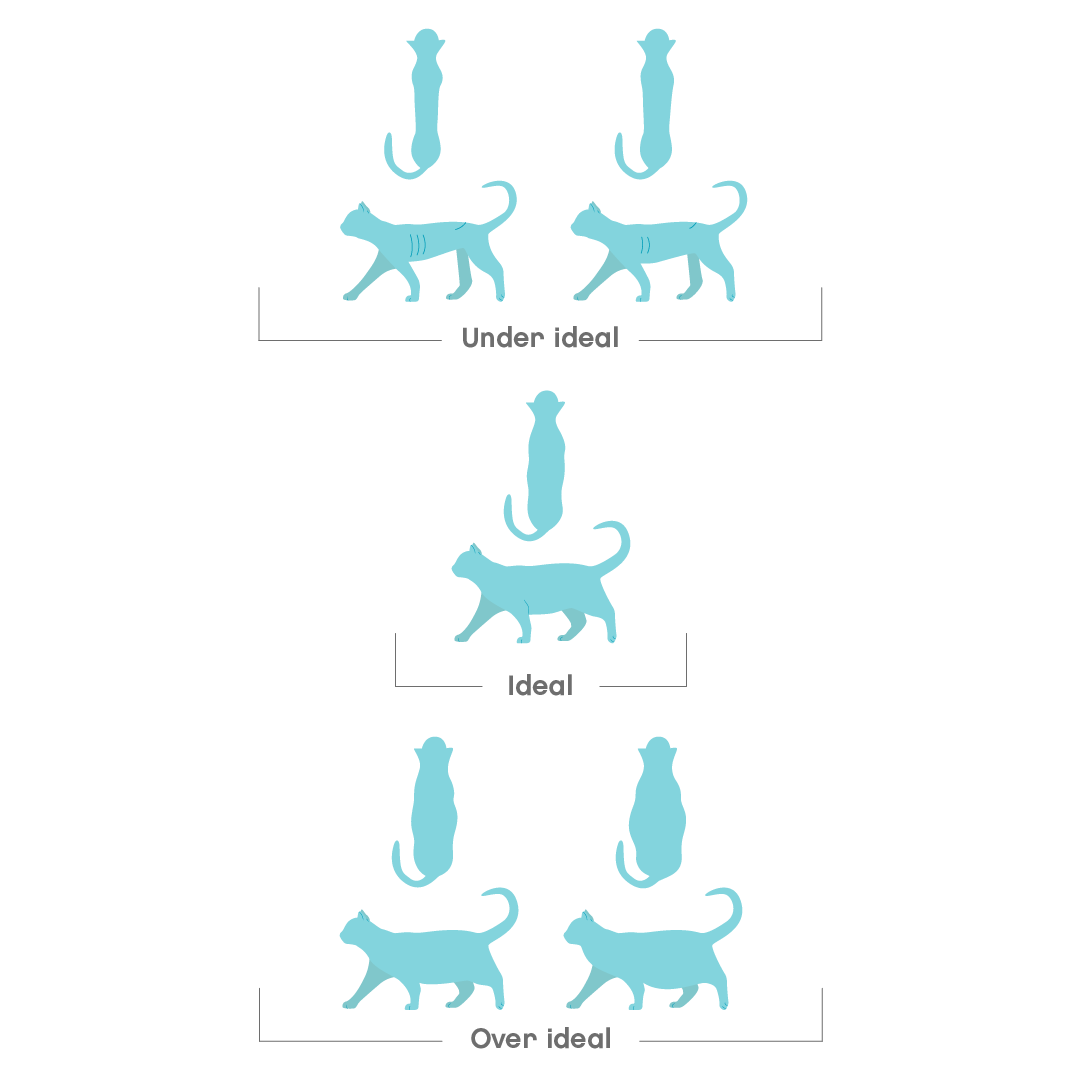Tracheal collapse is very rare in cats. Most cases of windpipe narrowing are due to tumours or foreign objects rather than collapse by weakness.
Tracheal collapse is a condition where the windpipe rings weaken and begin to flatten, which reduces airflow. When present, it’s usually a respiratory emergency. If you see your cat open mouth breathing, take them to the nearest vet.
Overview
What is tracheal collapse in cats?
- This condition is mostly seen in dogs, and since it’s very rare in cats, its cause and treatment are not well known.
- The trachea (windpipe) is the tube that carries air from the nose and mouth through the neck and into the lungs.
- The trachea is strengthened by small C-shaped rings of cartilage to help it maintain its shape and stay open.
- If the cartilage rings become weakened and begin to flatten, the diameter of the trachea gradually decreases, reducing the airflow.
- Its cause is unknown, but it is believed to be similar to dogs, including:
- Genetic
- Nutritional
- Allergic triggers
- This is a very rare condition in cats. When there is a narrowing of the trachea, it’s usually due to tumours or foreign objects.
Symptoms
What are the symptoms of tracheal collapse in cats?
You might notice some or all of the following signs:
- Difficulty breathing
- Open-mouth breathing
- Coughing
- Exercise intolerance
Risk
Are some cats more at risk of tracheal collapse than others?
Since this condition is so rare, there is little information available. Therefore, it’s unknown if there is a breed predisposition or any other risk factors.
Diagnosis
How is tracheal collapse diagnosed in cats?
Your vet will do a hands-on exam and take all the signs into account.
They may hear an abnormal sound with the stethoscope coming from the neck or chest. Your cat may cough when the vet feels their neck.
Further investigation is usually necessary:
- Chest x-rays (thoracic radiographs): The collapsing of the trachea is not always evident on radiographs, but this form of imaging is an important starting point, as it helps your vet assess the heart and lungs for changes that could trigger coughing.
- Fluoroscopy: This advanced type of imaging is like a radiographic video and allows your vet to assess the size of your pet’s trachea and how it changes during breathing.
- Endoscopic airway evaluation & sampling: This technique involves passing a small camera on a flexible tube (bronchoscope) through the mouth and into the trachea to examine the trachea and airways. During this procedure, tissue samples and secretions may be collected for additional testing to look for evidence of infectious or inflammatory disease.
Vet treatment
Vet treatment for cats with tracheal collapse
Your vet might recommend one or more of the following:
- Cough suppressants
- Anti-inflammatory medications (such as steroids)
- Antianxiety medications
- Bronchodilators
Surgical treatment may be advised if your cat does not respond to medication. This will provide structural support for the trachea:
- Ring placement on the outside of the trachea
- Stent placement inside the trachea
These advanced surgeries are performed by specialist vets.
Home treatment
Home care for a cat with tracheal collapse
Good home care can help your cat with tracheal collapse.
- Use a humidifier during dry months
- Use an air filter
- Reduce airborne allergens or irritants, such as smoke, perfumes, and air fresheners.
- Keep them cool and indoors in hot weather.
- Help your cat maintain a healthy weight
Body Condition Scoring (BCS) in cats
Body Condition Score (BCS) is a scale that gives a practical evaluation of the fat coverage of your cat’s body. By checking how easy or not it is to feel certain bony areas of the body, a score is then produced. There are several scales, from 1 to 5 or 1 to 9. The ideal body condition lies in the middle, so either 3/5 or 5/9.
The body areas normally checked for fat coverage are:
1. ribs and spine
2. hips and shoulders
3. waist

Here are a few tips on how to do it.
With your pet in a standing position:
- Place your hands on the rib cage and gently feel for each rib, without pressing too hard
- Feel the waist and look from the top and the side (if you have a very furry breed, it may be harder to assess)
- Feel the spine, which runs down the middle of the back
- Feel the top of the hips and shoulders
Prevention
How to prevent tracheal collapse in cats
It’s not possible to prevent this disease.
When to worry
When do you need to call a vet if your cat has tracheal collapse?
If your cat was diagnosed with tracheal collapse, contact your local vet practice if they:
- Do not improve despite treatment
- Are open-mouth breathing
- Are gasping
- Are lethargic
Joii can help:
- If you need help and advice on home care treatment.
- If you need help giving medication.








